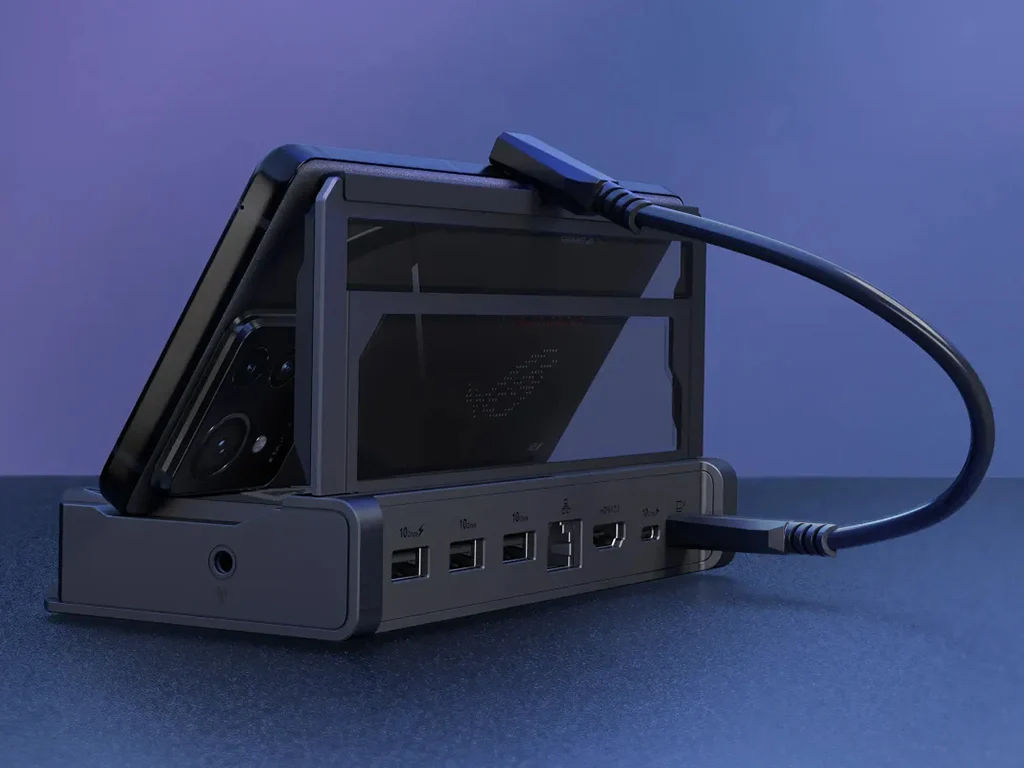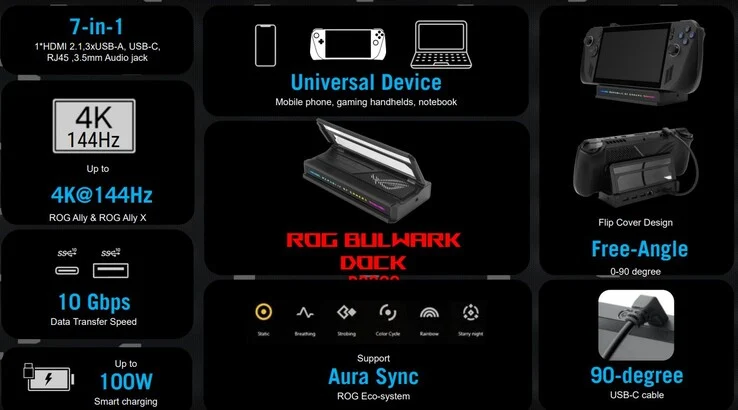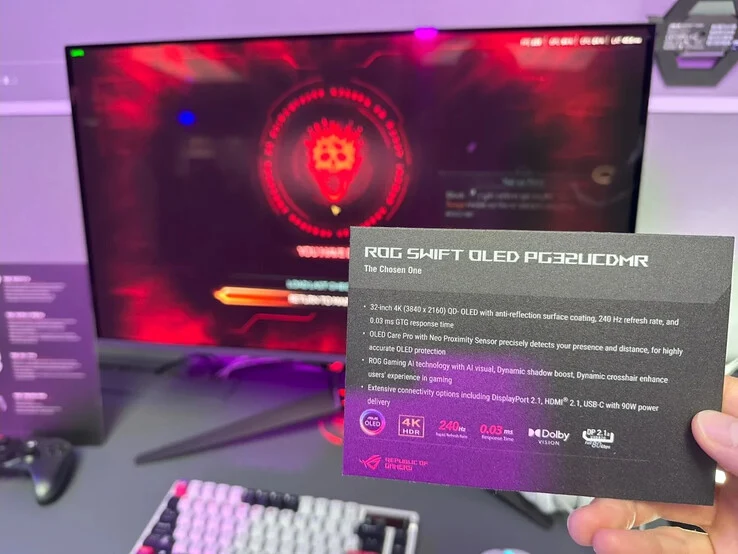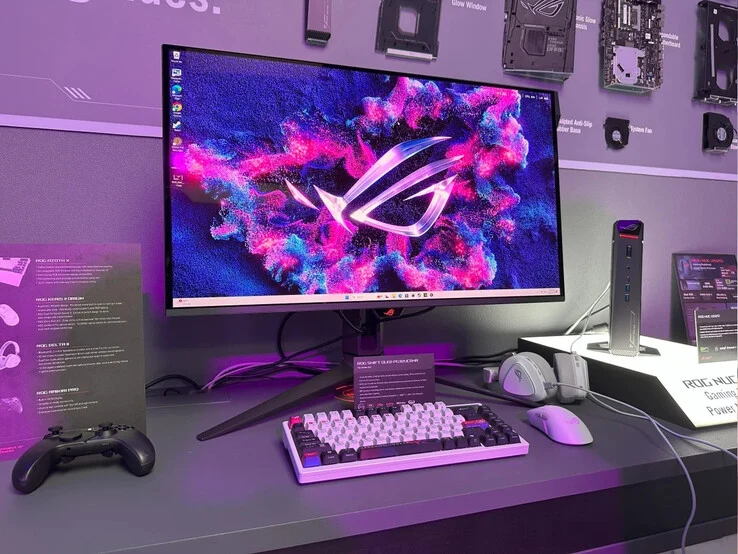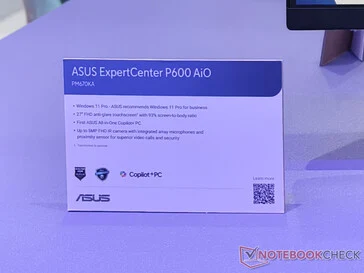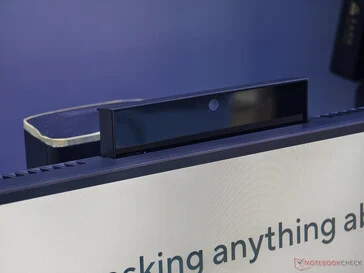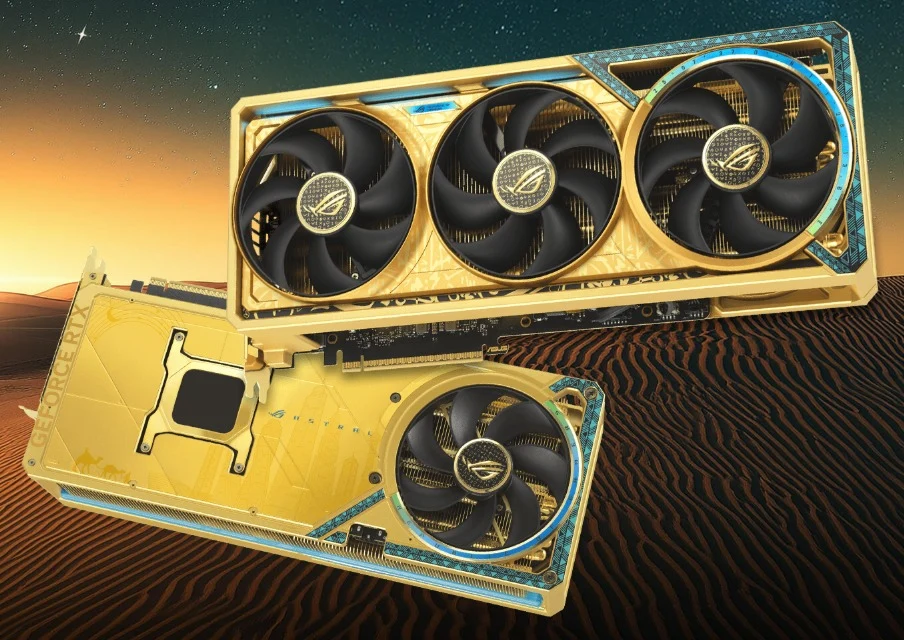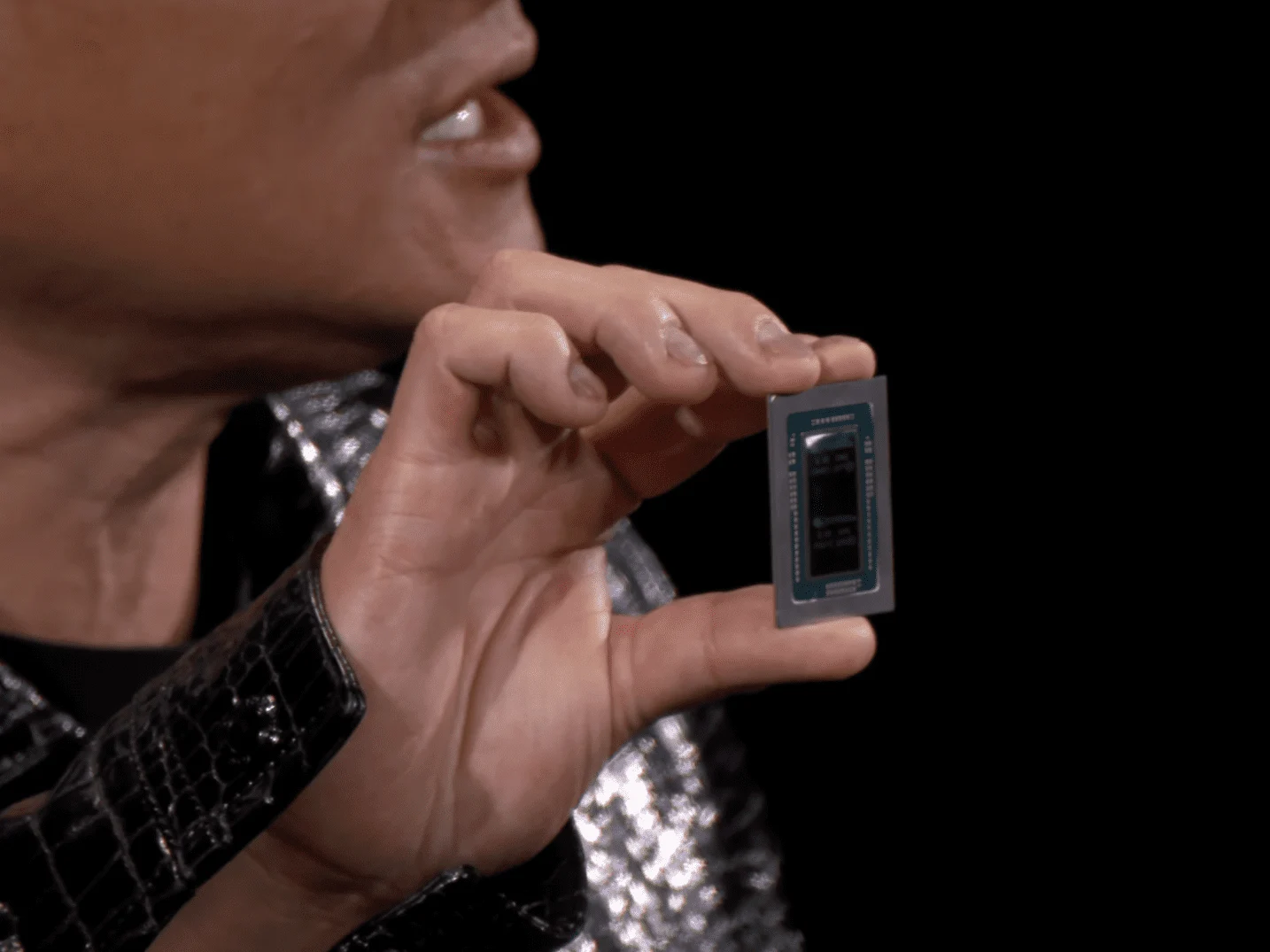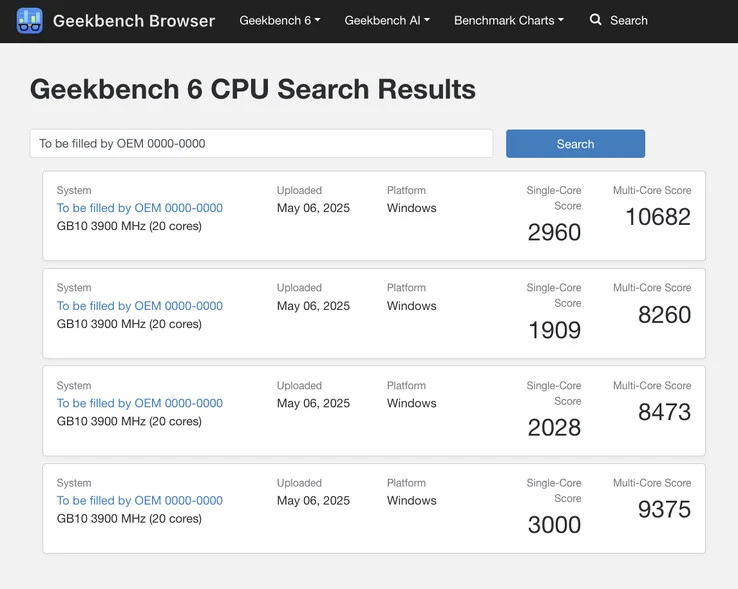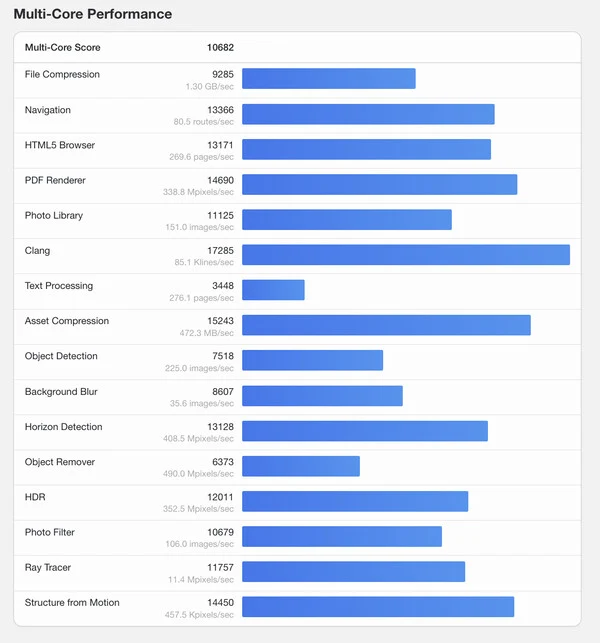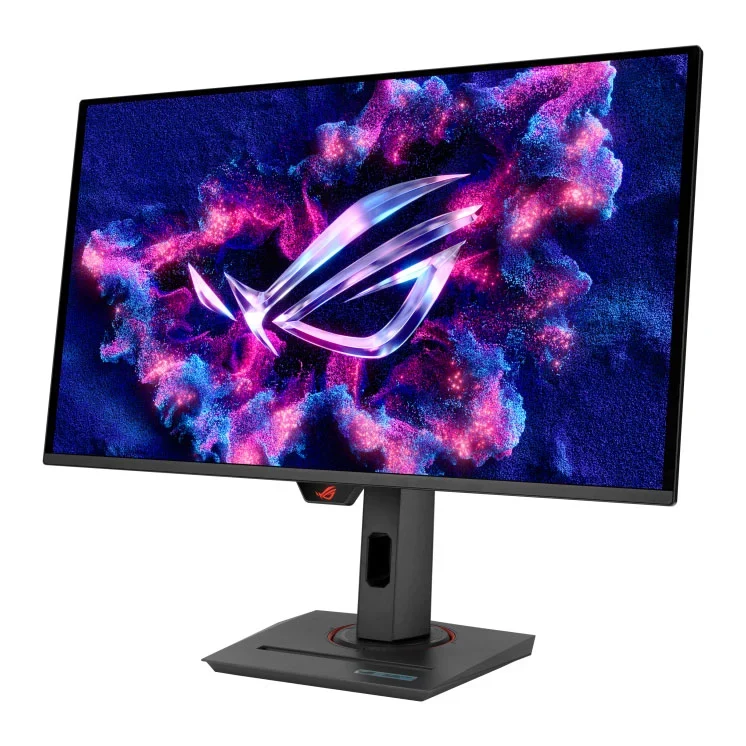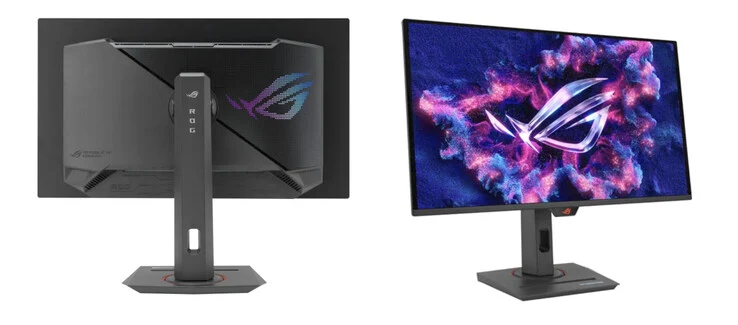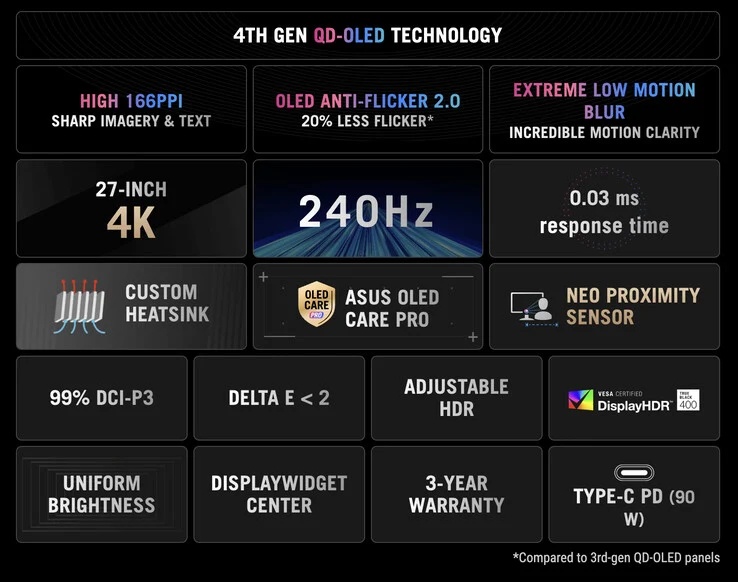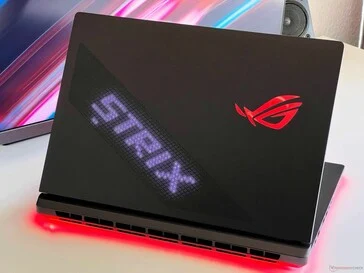Key Takeaways
1. Asus showcased new gaming displays at Computex, including the ROG Strix OLED XG32UCWMG and XG32UCWG, featuring a new TrueBlack Glossy coating.
2. The ROG Strix OLED XG34WCDMTG and ROG Swift OLED PG32UCDMR are expected to outperform the PG32UCDM model.
3. A new 27-inch monitor with 1440p resolution and a 540 Hz refresh rate is in development, featuring the TrueBlack Glossy coating.
4. The upcoming monitor will use LG Display’s 4th Gen Tandem RGB OLED technology, offering peak brightness of up to 4,000 nits.
5. The new monitor is expected to be announced at Gamescom 2025 and may be launched in early 2026 at CES 2026.
Asus has showcased a range of gaming displays at the Computex expo this year, unveiling the ROG Strix OLED XG32UCWMG and XG32UCWG about a week before the event. They introduced a new TrueBlack Glossy coating. Notable mentions from Asus’ Computex 2025 monitor exhibition include the ROG Strix OLED XG34WCDMTG and ROG Swift OLED PG32UCDMR, which are expected to outperform the PG32UCDM in three key areas (curr. $1,179.99 on Amazon).
New 27-Inch Monitor in Development
According to TFTCentral, Asus has announced that there will also be a new 27-inch monitor coming soon, featuring a 1440p resolution and an impressive 540 Hz refresh rate. This new monitor will further extend the rollout of Asus’ TrueBlack Glossy coating, which the company claims offers a ‘zero-haze’ experience similar to that of QD-OLED and WOLED panels.
Advanced Technology Utilized
Additionally, the monitor will utilize LG Display’s latest 4th Gen Tandem RGB OLED technology. Consequently, this will be Asus’ first gaming monitor with a 540 Hz refresh rate, boasting peak brightness of up to 4,000 nits (3% APL) and a consistent 400 nits across the entire panel. For comparison, LG Display’s current Gen 3 panels only achieve about 250 nits (100% APL). For further information on 4th Gen WOLED technology, check out the explainer video from TFTCentral below.
Currently, neither Asus nor TFTCentral has disclosed the name of this new monitor or its launch pricing. However, TFTCentral suggests that the monitor could be released ‘in late Q4’. Therefore, we might see an official announcement in August at Gamescom 2025, followed by its appearance in January 2026 at CES 2026 in Las Vegas.
Source:
Link



